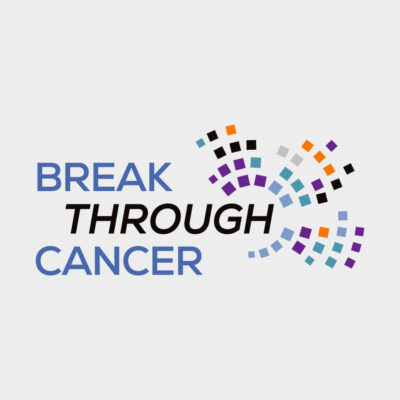The goal of Break Through Cancer (BTC) is to stimulate “radical collaboration” among scientists to defeat the world’s deadliest cancers. To that end, BTC has awarded $22.9 million in grants to Dana-Farber researchers working across multiple institutions to unlock the secrets of four difficult-to-treat cancers and intercept or develop cutting-edge treatments for them.
Founded in 2021 to accelerate progress and reduce barriers to collaboration, BTC funds multi-institutional “TeamLabs” at five top U.S. cancer centers where researchers share discoveries and data in real time.
These grants will fund Dana-Farber researchers working on intractable cancers such as pancreatic cancer, ovarian cancer, glioblastoma (a form of brain cancer), and acute myeloid leukemia (AML), and researchers working in the BTC Data Science Hub. The Data Science Hub creates tools for data gathering and analysis to maximize the discovery potential of data generated by TeamLabs projects across all five institutions.
“We are enormously grateful for this extraordinary support from Break Through Cancer,” said Laurie H. Glimcher, MD, Dana-Farber president and CEO and the Richard and Susan Smith Professor of Medicine. “BTC brings the best minds in oncology together to seamlessly drive discoveries, advance promising new therapies, and ultimately deliver improved outcomes for patients.”
The teams focused on pancreatic cancer are pursuing two paths of investigation: finding a way to thwart mutations in the KRAS gene that cause tumors to grow wildly and discovering how a tumor’s microenvironment helps malignant cells survive treatment. Pancreatic cancer is the third-leading cause of cancer death in the U.S.
Another team is working to understand, assess, and intercept ovarian cancer. Using three-dimensional organoid models derived from actual tumors, the investigators are testing novel immune and targeted therapies, some of which treat the DNA repair deficiency associated with an inherited BRCA mutation in those tumors, working to understand why some ovarian cancer cells survive chemotherapy and cause the disease to return and spread.
Glioblastoma is a fast-growing central nervous system tumor that forms from glial (supportive) tissue of the brain and spinal cord. Institute neuro-oncologists are part of a team exploring the safety and feasibility of a new paradigm of clinical trials. These involve carefully performed sequential tumor biopsies to understand in detail how new therapies affect the tumors.
Additional Dana-Farber researchers are working on two projects aimed at defeating AML. One is based on identifying people at the greatest risk of developing the disease and creating strategies for early detection and prevention by pinpointing and attacking vulnerabilities in clonal hematopoiesis, a precursor to the disease. The other explores the biological underpinnings of the residual cells that survive initial treatment to prevent them from seeding new treatment-resistant disease.
“The incredibly talented people at Dana-Farber are part of an expansive community of leading cancer researchers and physicians who are working as one to accelerate the pace of discovery,” said Tyler Jacks, president of BTC. “I cannot wait to see what they accomplish.”
For more stories about the impact of philanthropy at Dana-Farber, please visit DanaFarberImpact.org.



